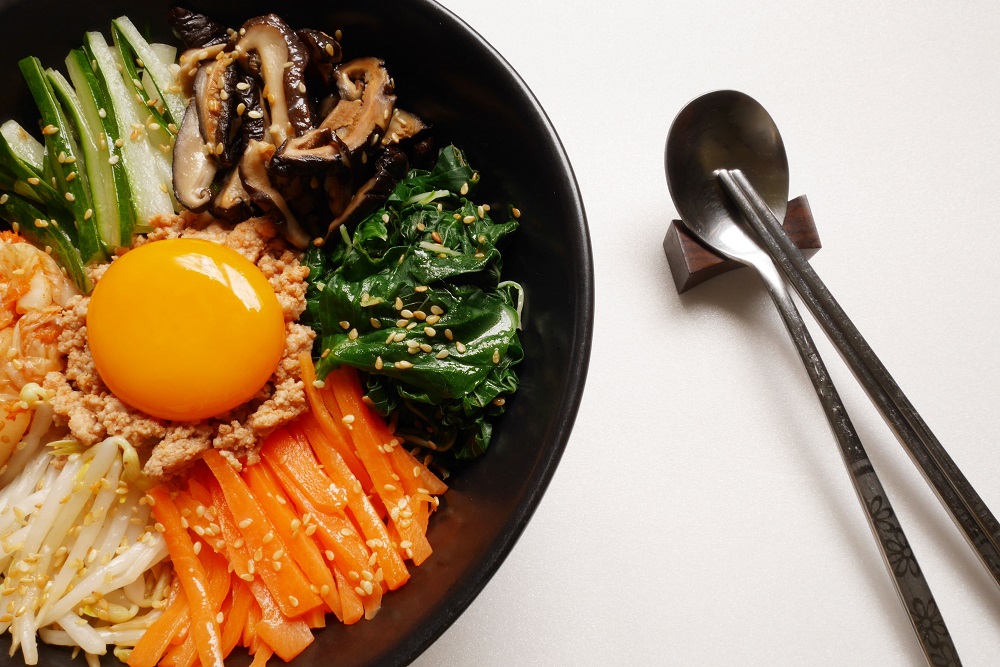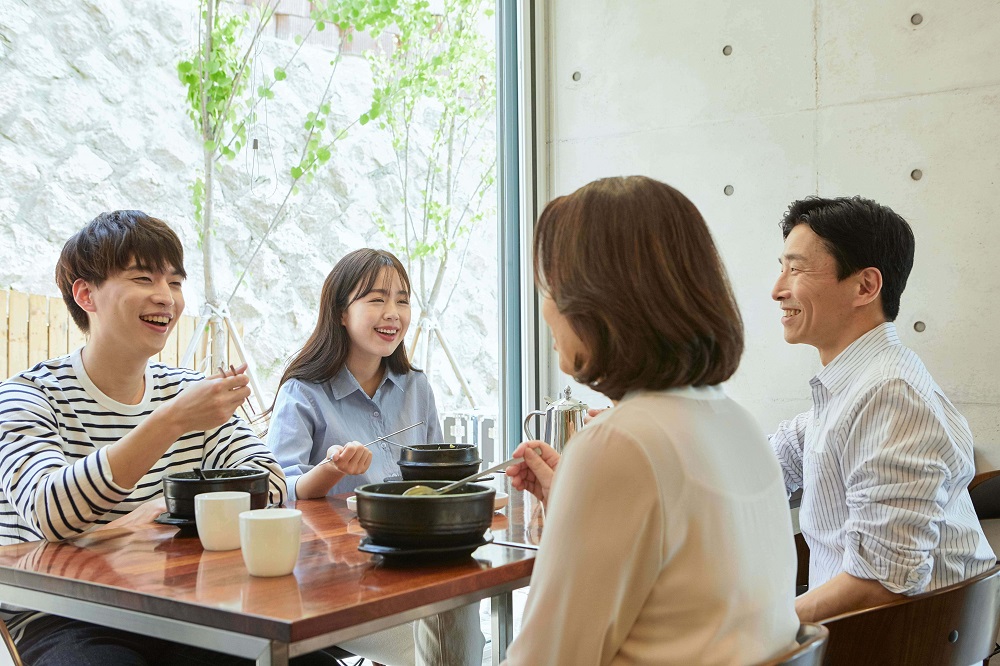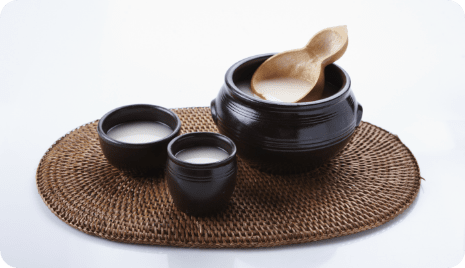- Log in
-
- Sydney Overseas Office
- London Overseas Office
- Toronto Overseas Office
- Los Angeles Overseas Office
- New York Overseas Office
- Ulaanbaatar Overseas Office
- Dubai Overseas Office
- New Delhi Overseas Office
- Manila Overseas Office
- Jakarta Overseas Office
- Hanoi Overseas Office
- Kuala Lumpur Overseas Office
- Singapore Overseas Office
- Bangkok Overseas Office
- Map
- Sydney Overseas Office
- London Overseas Office
- Toronto Overseas Office
- Los Angeles Overseas Office
- New York Overseas Office
- Ulaanbaatar Overseas Office
- Dubai Overseas Office
- New Delhi Overseas Office
- Manila Overseas Office
- Jakarta Overseas Office
- Hanoi Overseas Office
- Kuala Lumpur Overseas Office
- Singapore Overseas Office
- Bangkok Overseas Office
About Korean Food
-
-
-
About Korean Food
-
16.9K
3
4
-
-
Korean_food
food
Korean_food_experience
Korean_cuisine
seasonal_food
-
-
Korean Food, Can’t Help but Love it
Korean food resembles the nature of the Korean people, boasting powerful, diverse, and harmonious charms. Thanks to the geographical advantage of being surrounded by the sea on three sides and featuring many granaries and mountainous regions, the country has access to a wide range of materials and ingredients to utilize. Korea’s food culture has come a long way and demonstrates creative convergence that gives birth to new, fresh dishes even at this very moment in time. The changing seasons in Korea offer different seasonal ingredients and every region and every home has its own unique touch to their cooking while different specialties and delicacies fill up meal tables from one season to the next. Enjoy a gourmet experience in this dynamic Korea. Whatever imaginable, there will be greater, more delicious tastes!




1. A Korean meal table


A typical Korean meal table is a full table setting featuring rice, soup, side dishes, and stew. At a Korean restaurant, don’t be surprised at all the variety of small side dishes that accompany the main dish. Kimchi, the epitome of fermented food, is also a side dish that cannot be left out as it goes well with any kind of food.
2. Enjoy Korean Cuisine
33 Regional Specialties to Savor
Korea is renowned for its unique cuisine, which is distinguished by a rich variety of ingredients and diverse cooking methods. We are pleased to introduce 33 carefully selected regional specialties that showcase the essence of Korean culinary culture, including iconic dishes and seasonal ingredients.
From Busan’s Pork and Rice Soup to Suwon’s Jumbo Galbi and from Yeosu’s Pike Eel to Hongseong’s Common Cockles, these selections highlight the best of what each region has to offer. The list also features traditional local alcoholic beverages such as Andong soju and Yangpyeong Unrefined Rice Wine(Makgeolli). Embark on a delightful gastronomic journey and explore the distinct flavors of Korea through these regional specialties.
Experience Korea’s Diverse Food Culture
In addition to basic Korean Table d'hote featuring rice, kimchi, and side dishes, the diverse food cultures are sure to arouse the curiosity of foreigners worldwide, from a luxurious experience of royal cuisine for kings and queens to various street foods that are popular on YouTube and other social media channels.
Traditional beverages and desserts enjoyed after a meal also provide chic and colorful tastes and guarantee a special occasion that can only be enjoyed in Korea. Make this trip even more fun and abundant with a Korean gourmet experience.
3. Visiting a Korean restaurant
Tipping is not required or expected in Korea. Also, requests for more water or side dishes do not incur additional costs. A recent trend shows an increase in restaurants that allow customers to serve themselves water and side dishes or utilize unmanned order machines. At a restaurant that does not fall into either of these categories, the server will be kind and eager to help with any questions so do not panic, relax, and enjoy the experience at the restaurant.
Search Restaurants (Search) Tip It’s so convenient! Things that just make sense in Korean restaurants
Tip It’s so convenient! Things that just make sense in Korean restaurantsCall bell: Every table has a call button so press it when you need a server. Please beware that the sound may be louder than you think.
Silverware drawer: Every table has a small drawer attached in which you can find spoons, chopsticks, and napkins neatly organized!
Tables with a built-in charcoal grill: This is an amazing invention that has a grill embedded in the table for charcoal, enabling people to enjoy barbecue indoors at the table.
Storage chairs: Storage spaces appear when you open the cover of chairs, which aim to prevent food odor from attaching on outerwear and to safely store belongings.
This page was last updated on March 24, 2023, and therefore information may differ from what is presented here.
1330 Korea Travel Hotline: +82-2-1330 (Korean, English, Japanese, Chinese, Russian, Vietnamese, Thai, Malay)











